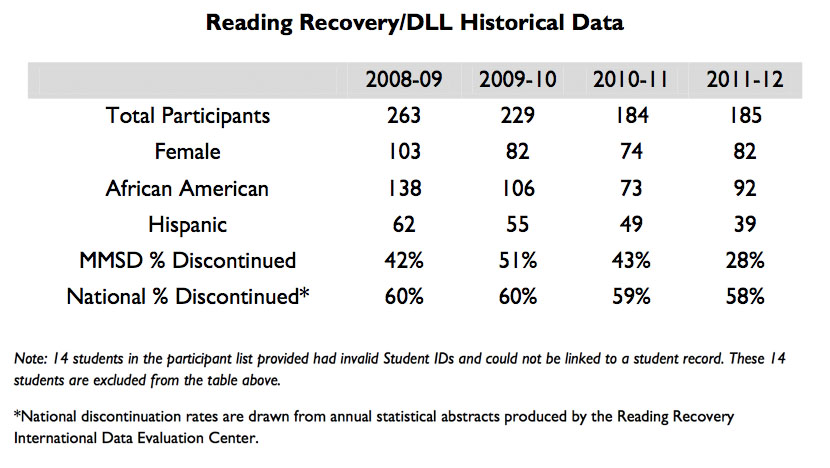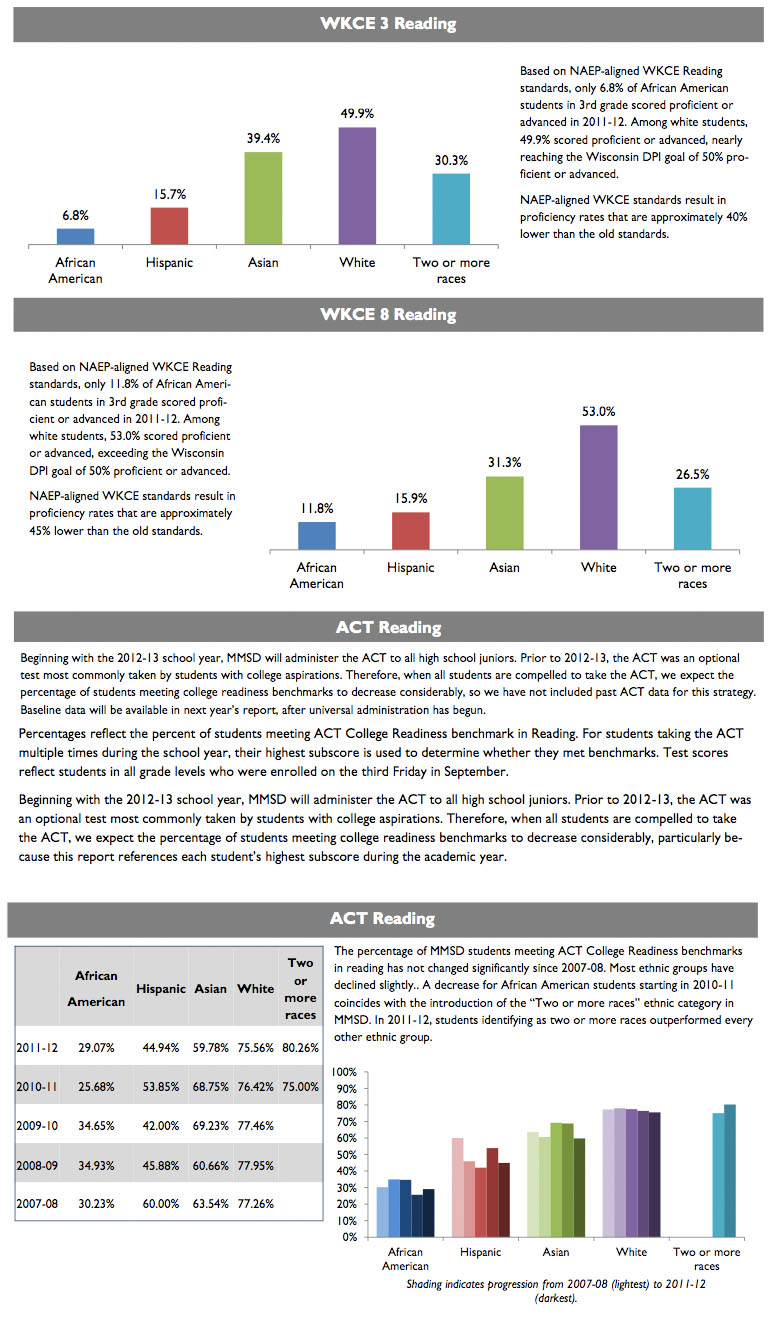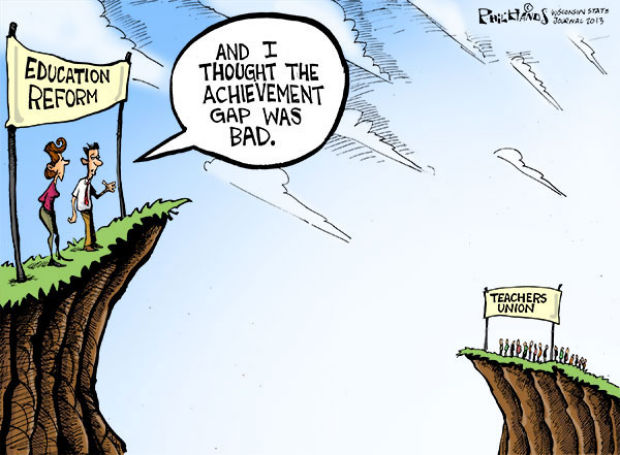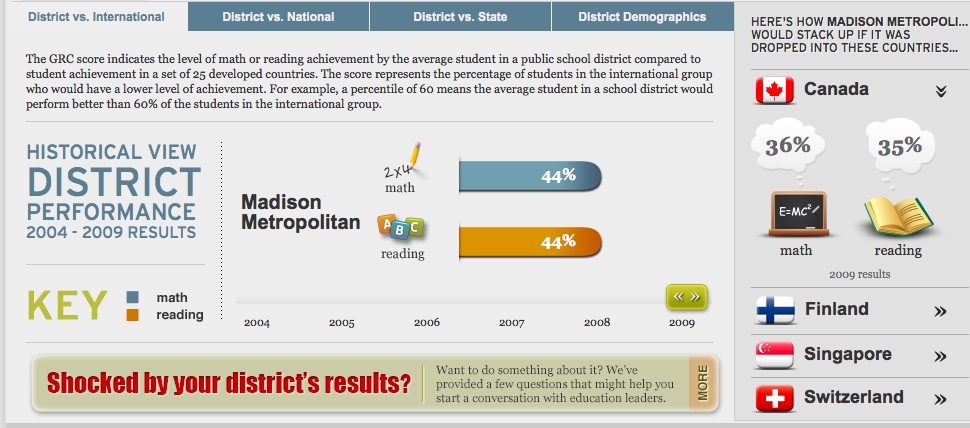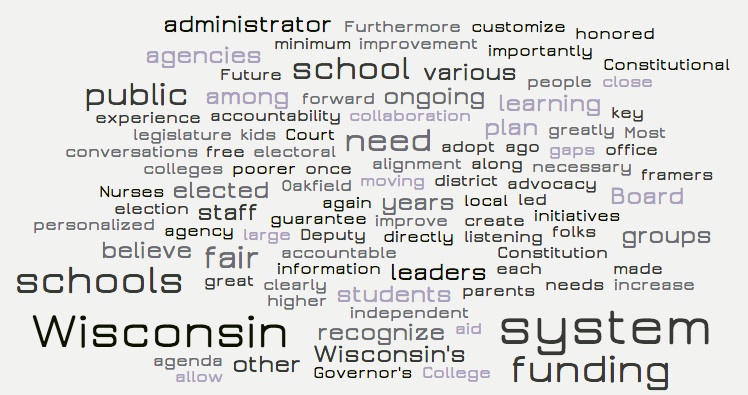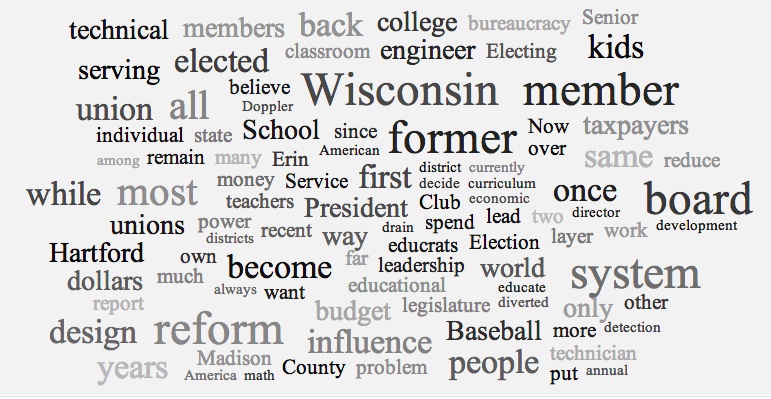In the United Kingdom the number of reports of the verbal and physical abuse of teachers is growing at a sad and steady rate. In the United States as well, a number of fine teachers say that they are leaving the profession primarily because of the out-of-control attitudes and behavior of poorly-raised children who will not take any responsibility for their own education and don’t seem to mind if they ruin the educational chances of their peers.
David McCullough tells us that when Harry Truman took over the artillery outfit, Battery ‘D’, “the new captain said nothing for what seemed the longest time. He just stood looking everybody over, up and down the line slowly, several times. Because of their previous (mis) conduct, the men were expecting a tongue lashing. Captain Truman only studied them…At last he called ‘Dismissed!’ As he turned and walked away, the men gave him a Bronx cheer….In the morning Captain Truman posted the names of the noncommissioned officers who were ‘busted’ in rank…the First Sergeant was at the head of the list…Harry called in the other noncommissioned officers and told them it was up to them to straighten things out. ‘I didn’t come here to get along with you,’ he said. ‘You’ve got to get along with me. And if there are any of you who can’t, speak up right now, and I’ll bust you back right now.”
Now, I do realize the classroom is not a military unit, and that students cannot be busted back to a previous grade, however their behavior suggests that they don’t belong in a higher grade. But Truman realized poor discipline would endanger the lives of the men in his unit, and teachers, however much they yearn to be liked, relevant, and even loved, need to realize and accept that poor discipline in their classes will destroy some of the educational opportunities of their students. As it turned out, his unit respected and loved Truman in time, and lined Pennsylvania avenue for his inauguration parade.
For years, the Old Battleaxe was offered as a stereotype of the stern, demanding teacher who represented the expectations of the wider community in the classroom and required students to meet her standards.
In The Lowering of Higher Education, Jackson Toby quotes the experience of one man with an Old Battleaxe:
“Professor Emeritus of Religion at Hamline University in St. Paul, Minnesota, Walter Benjamin, wrote about a demanding freshman English teacher, Dr. Doris Garey, whose course he had taken in 1946, in an article entitled ‘When an ‘A’ Meant Something.’ Professor Benjamin praised the memory of Dr. Garey and expressed gratitude for what her demanding standards had taught him.
‘Even though she had a bachelor’s degree from Mount Holyoke and a doctorate from Wisconsin, Miss Garey was the low person in the department pecking order. And physically she was a lightweight–she could not have stood more than 4-foot-10 or weighed more than 100 pounds. But she had the pedagogical mass of a Sumo wrestler. Her literary expectations were stratospheric; she was the academic equivalent of my [Marine] boot camp drill instructor…The showboats (other instructors) had long since faded, along with their banter, jokes and easy grades. It was the no-nonsense Miss Garey whose memory endured.'”
In my view, too many of our teachers have been seduced by the ideas that they should be making sure their students have fun, and that their teaching should include “relevant” material from the evanescent present of her students, their egregiously temporary pop culture, and from current events of passing interest.
Once discipline and student responsibility for their own learning is established and understood, there can be a lot of interesting and even entertaining times in the classroom. Without them, classes are in a world of trouble. Samuel Gompers used to read aloud for their enjoyment to a room full of employees making cigars, but they continued to make the cigars while he did it.
In education reform discussions in general, in my view practically all the attention is on what the adults are and/or should be doing, and almost no attention is given to what students are and should be doing. Leaving them out of the equation quite naturally contributes to poor discipline and reduced learning.
A suburban high school English teacher in Pennsylvania wrote that: “My students are out of control,” Munroe, who has taught 10th, 11th and 12th grades, wrote in one post. “They are rude, disengaged, lazy whiners. They curse, discuss drugs, talk back, argue for grades, complain about everything, fancy themselves entitled to whatever they desire, and are just generally annoying.” And one of her students commented: “As far as motivated high school students, she’s completely correct. High school kids don’t want to do anything…It’s a teacher’s job, however, to give students the motivation to learn.”
As long as too many of us think education is the teacher’s responsibility alone, we will have failed to understand what the job of learning requires of students, and we will be unable to make sense of the outcomes of our huge investments in education.
————————-
“Teach by Example”
Will Fitzhugh [founder]
The Concord Review [1987]
Ralph Waldo Emerson Prizes [1995]
National Writing Board [1998]
TCR Institute [2002]
730 Boston Post Road, Suite 24
Sudbury, Massachusetts 01776-3371 USA
978-443-0022; 800-331-5007
www.tcr.org; fitzhugh@tcr.org
Varsity Academics®
www.tcr.org/blog
